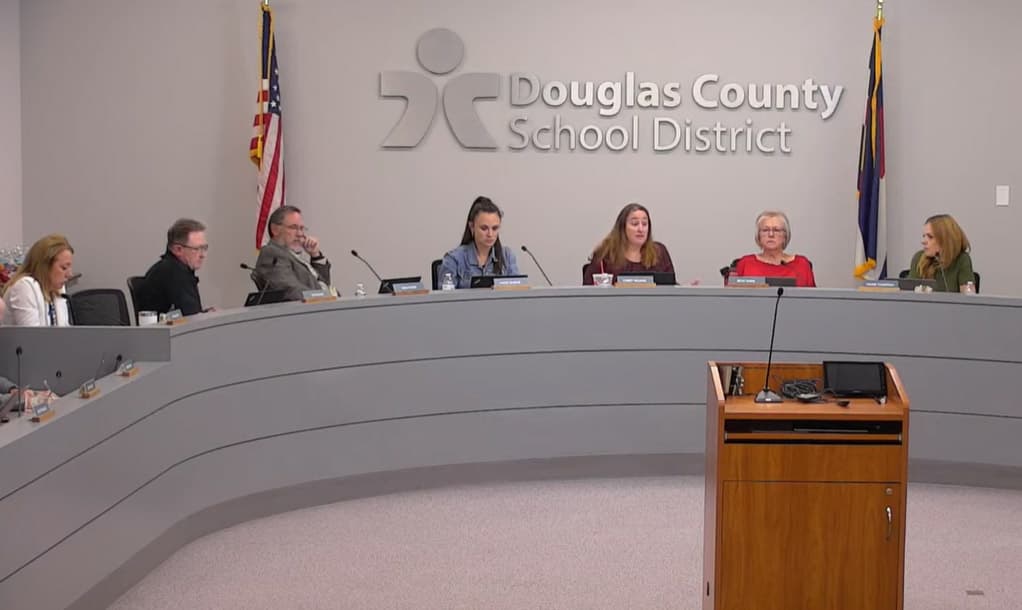The annual bucket of money for next year’s taxpayer rebates is larger than originally expected.
The Governor’s budget office now estimates that Taxpayer's Bill of Rights (TABOR) refunds next year will total $1.66 billion, a $219.5 million upward revision from the June forecast. Part of that increase is due to the state underpaying recent refunds.
However, while the refund amount grew slightly for next year, upcoming refunds are projected to be much smaller. That’s in part because state lawmakers approved both an income tax cut and a large new tax credit for families earlier this year. Both of those policies will cut into the amount of money available for refunds.
Under the Taxpayer's Bill of Rights, the state government is limited in how much its spending can increase each year. Any taxes that come in above that cap must be refunded to residents.
Next year’s refunds will be paid in a number of ways, including through a temporary reduction of the income tax rate, from 4.4 percent to 4.25 percent, and direct payments to taxpayers. Those payments follow a sliding scale — ranging from $181 to $571 — with higher-income households getting larger checks so long as they have lived in the state for at least one year.
“Here in Colorado we continue working to save Coloradans money and drive economic growth,” Governor Jared Polis said in a statement. “And we know that in the coming year, we are facing a more typical, tighter budget environment as inflation comes down. I’m committed to continue delivering results for Coloradans and saving people money while delivering a responsible, balanced budget that ensures a strong fiscal future for our state.”
Nonpartisan legislative analysts are projecting trouble ahead for the state budget. For the fiscal year that started on July 1, state spending is projected to be $370 million higher than lawmakers originally planned. Because Colorado must maintain a balanced budget, lawmakers will either have to find cuts or dig into the state’s reserve fund.
Forecasters are also warning the budget gap could widen and be closer to a billion dollars in coming years.







